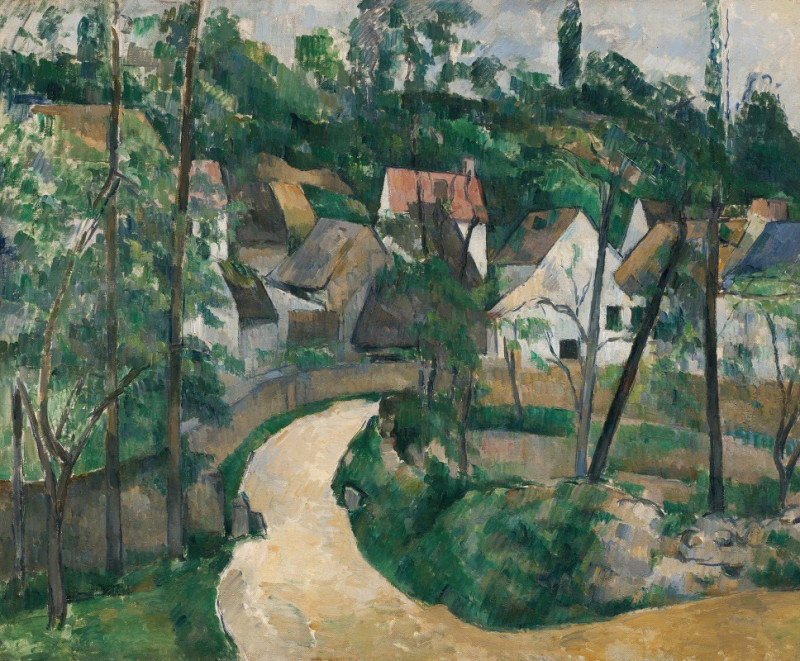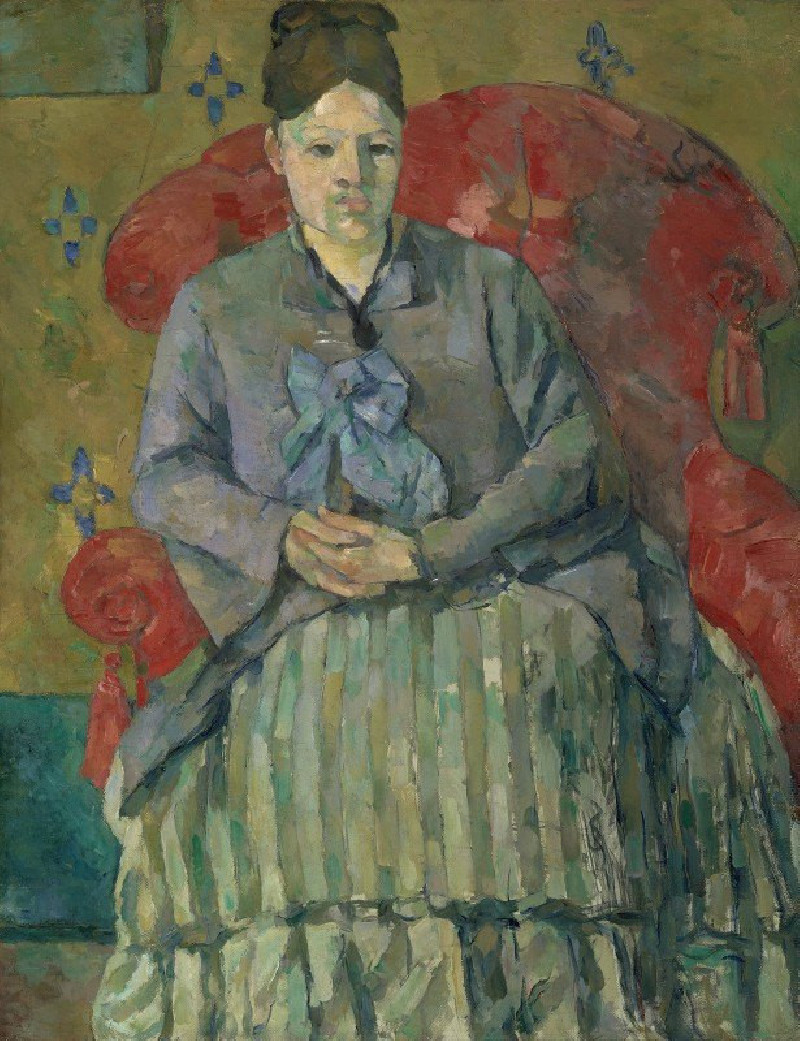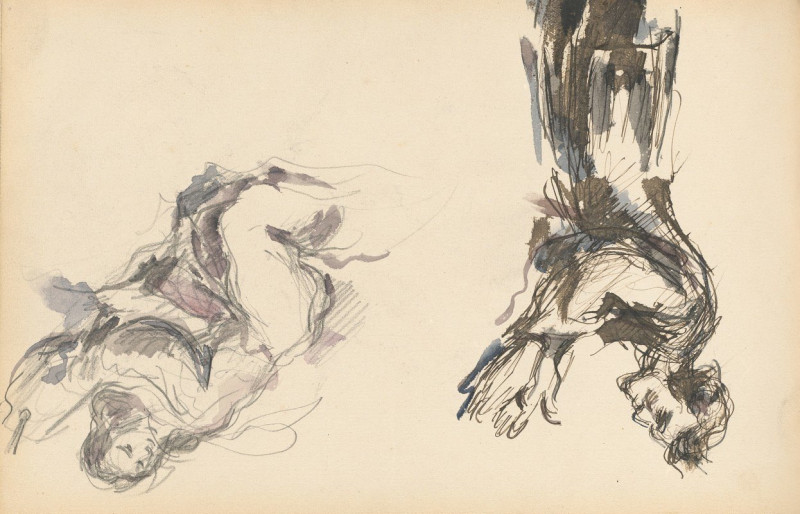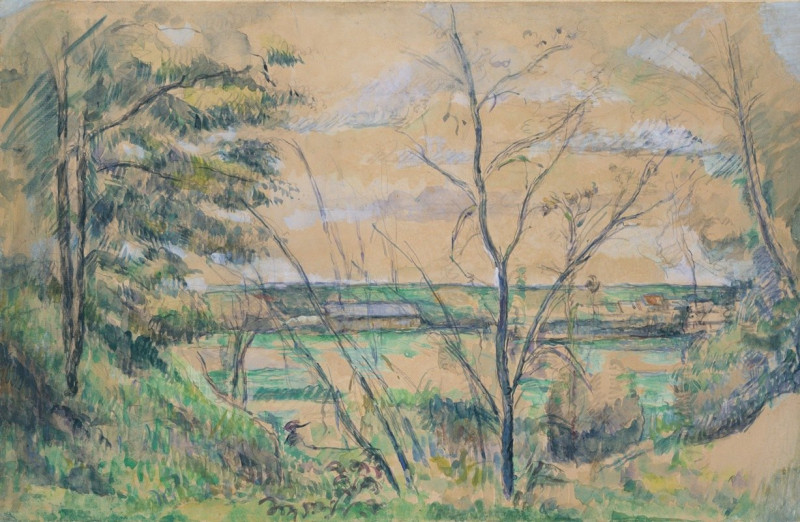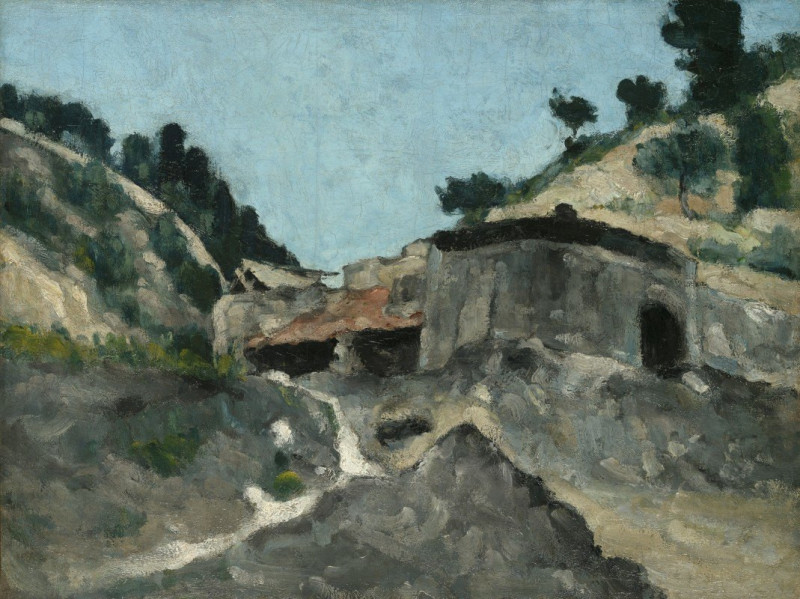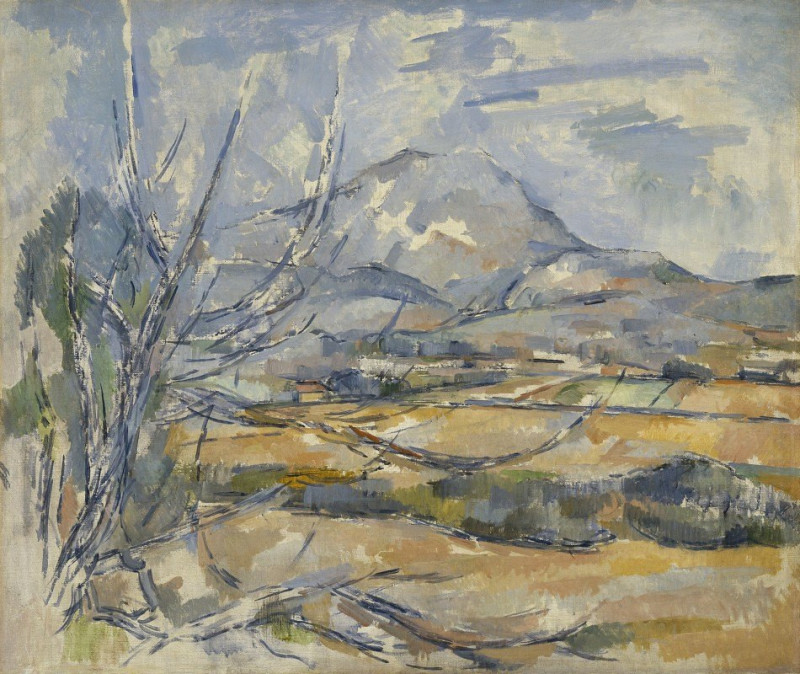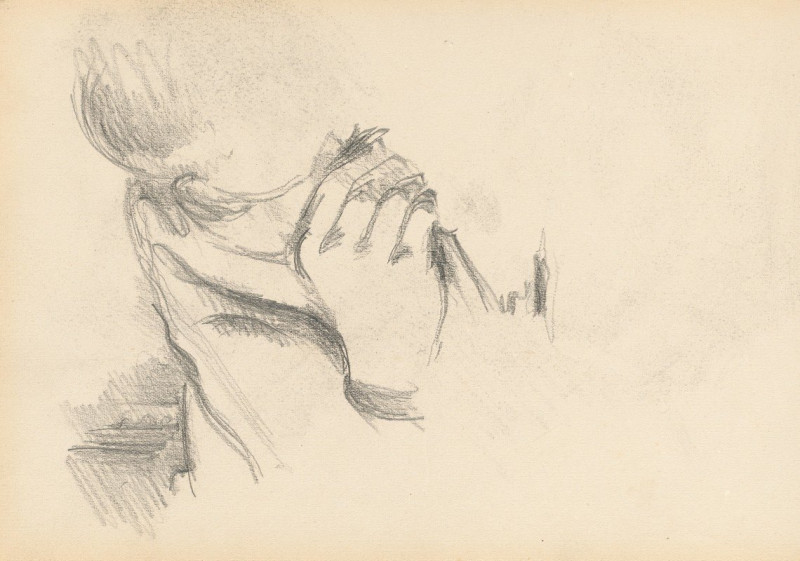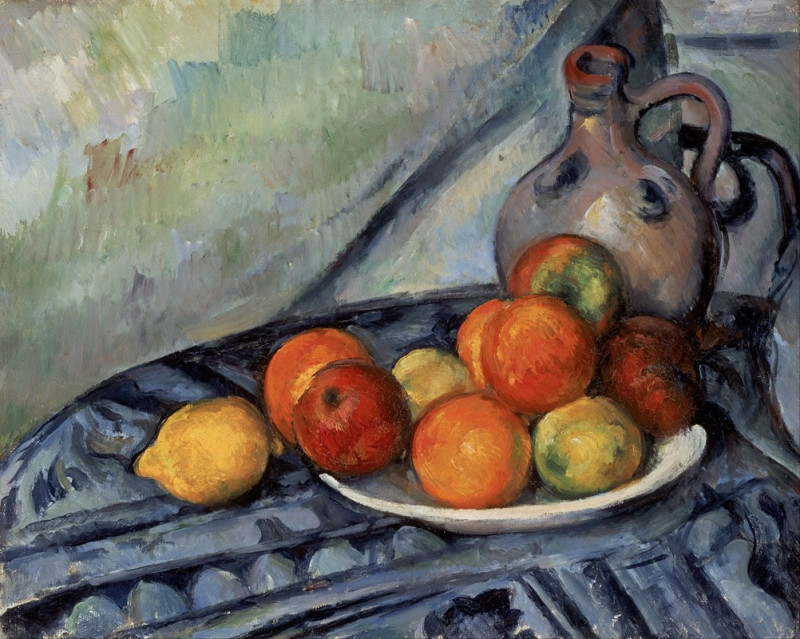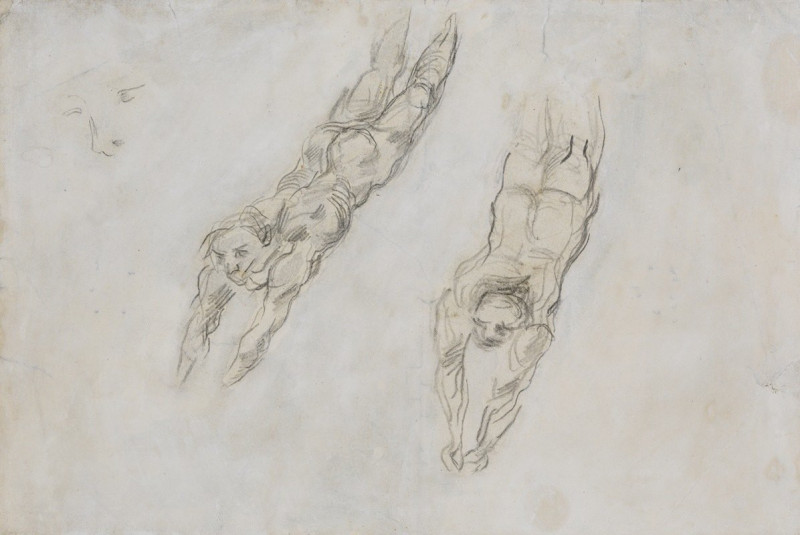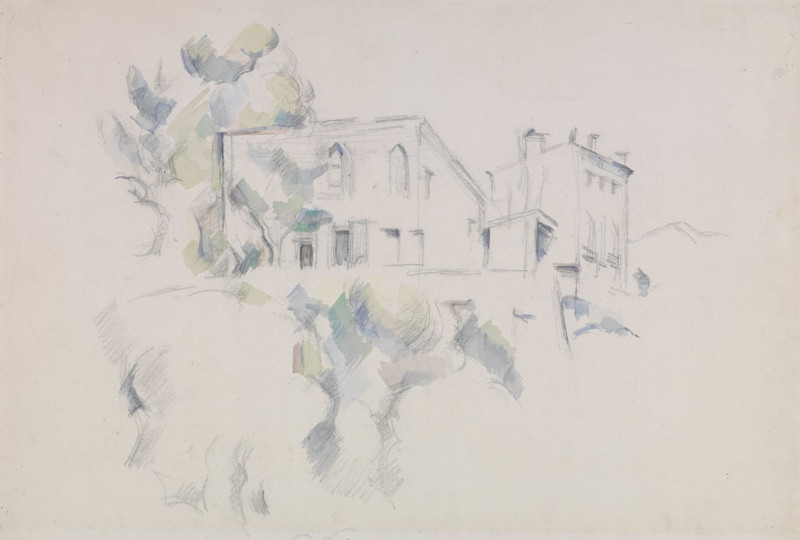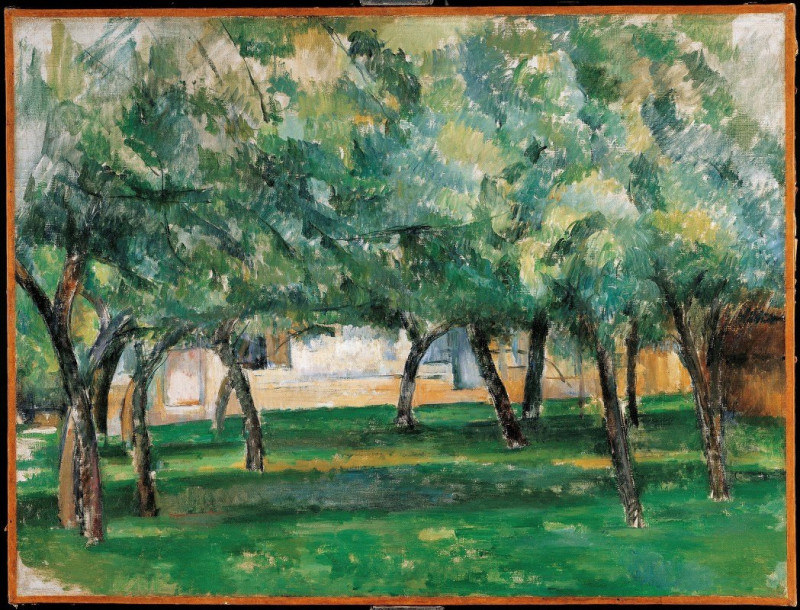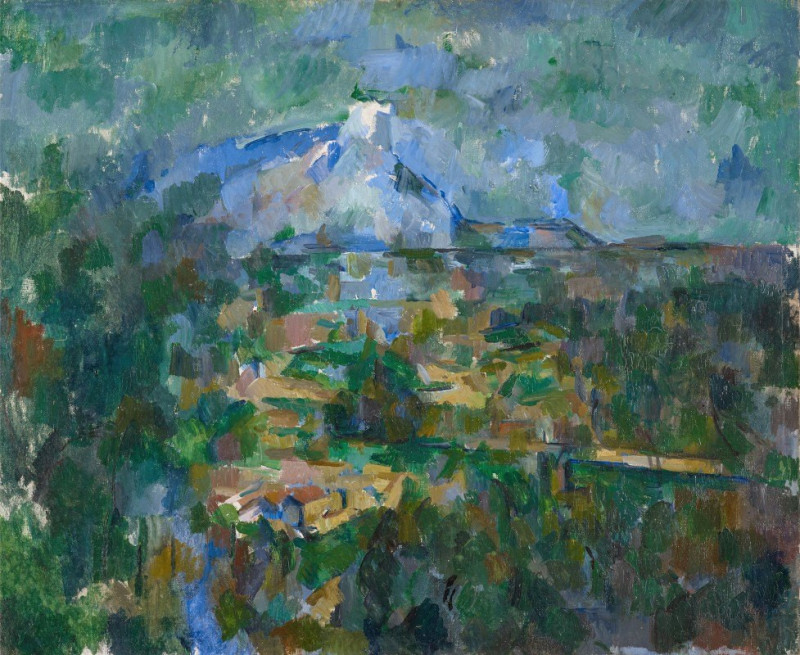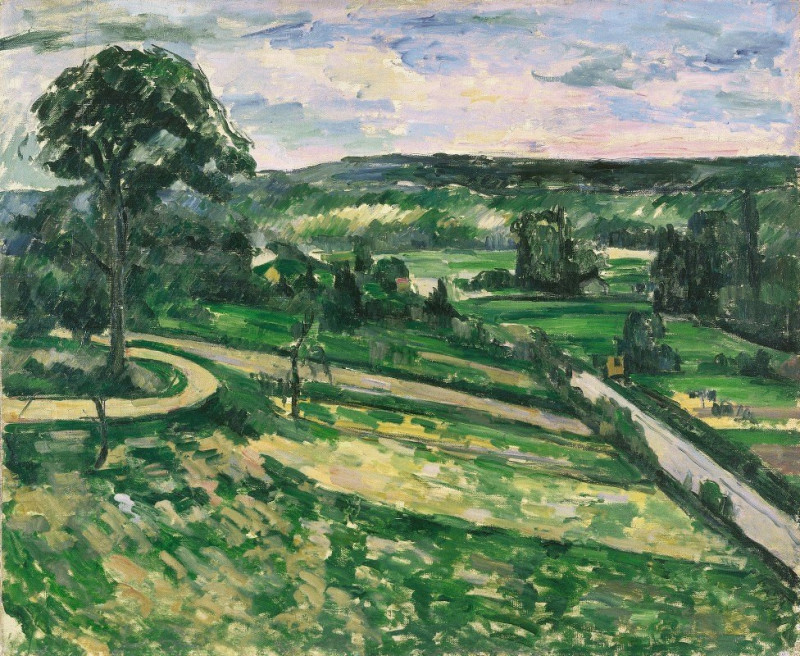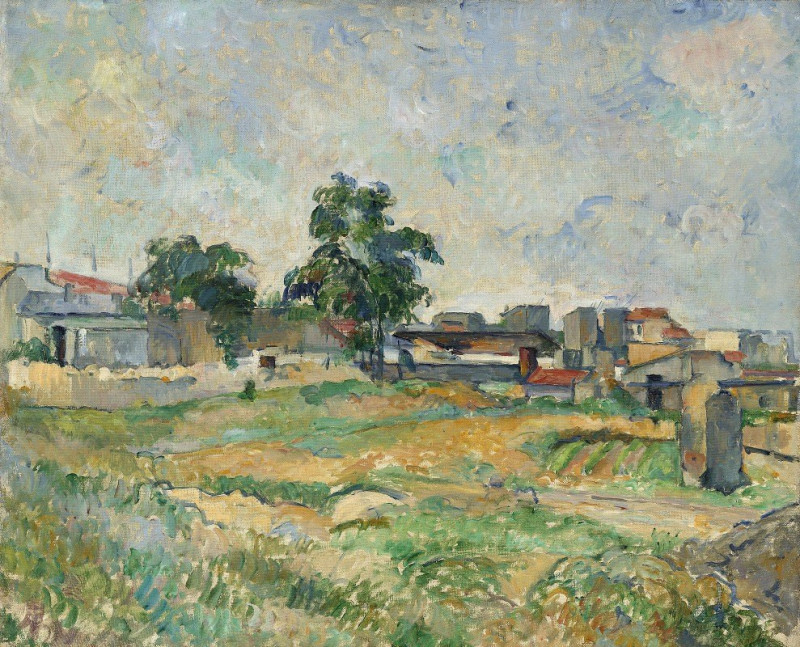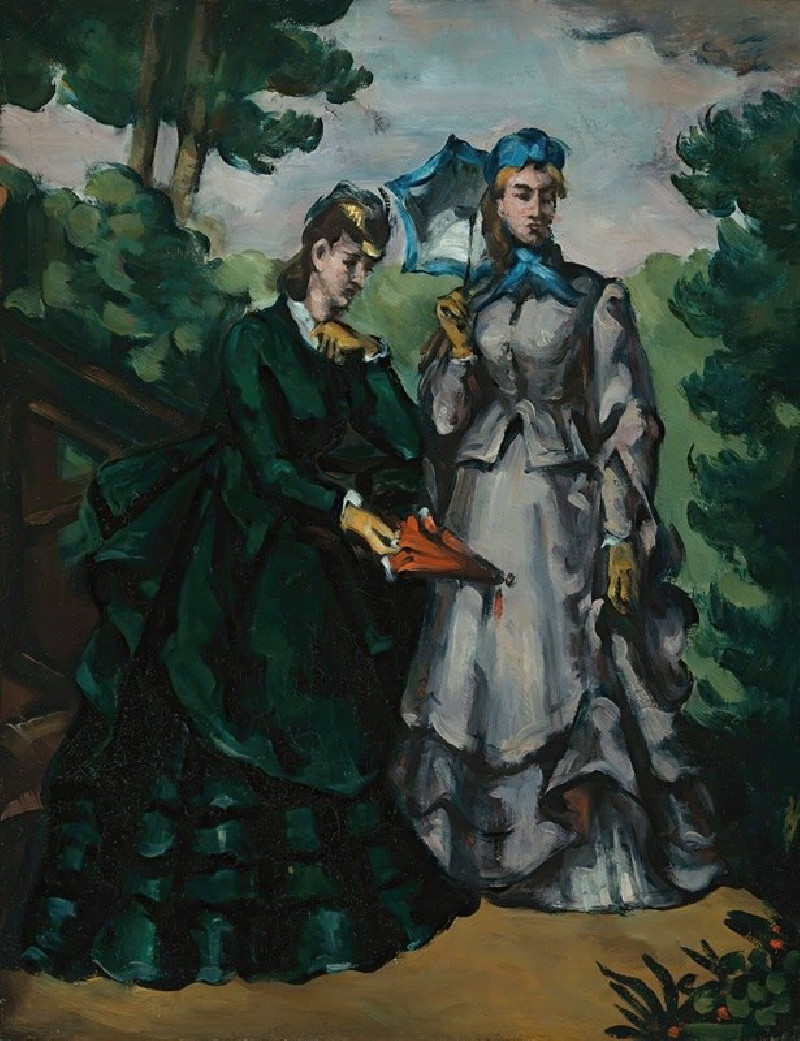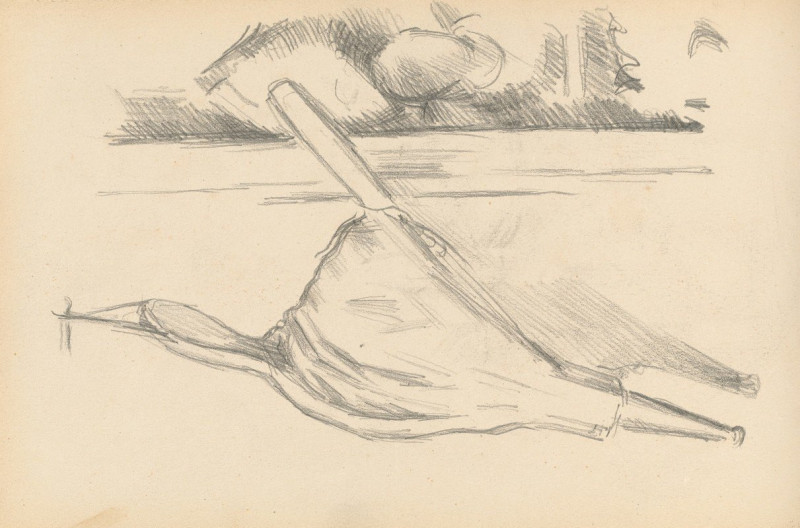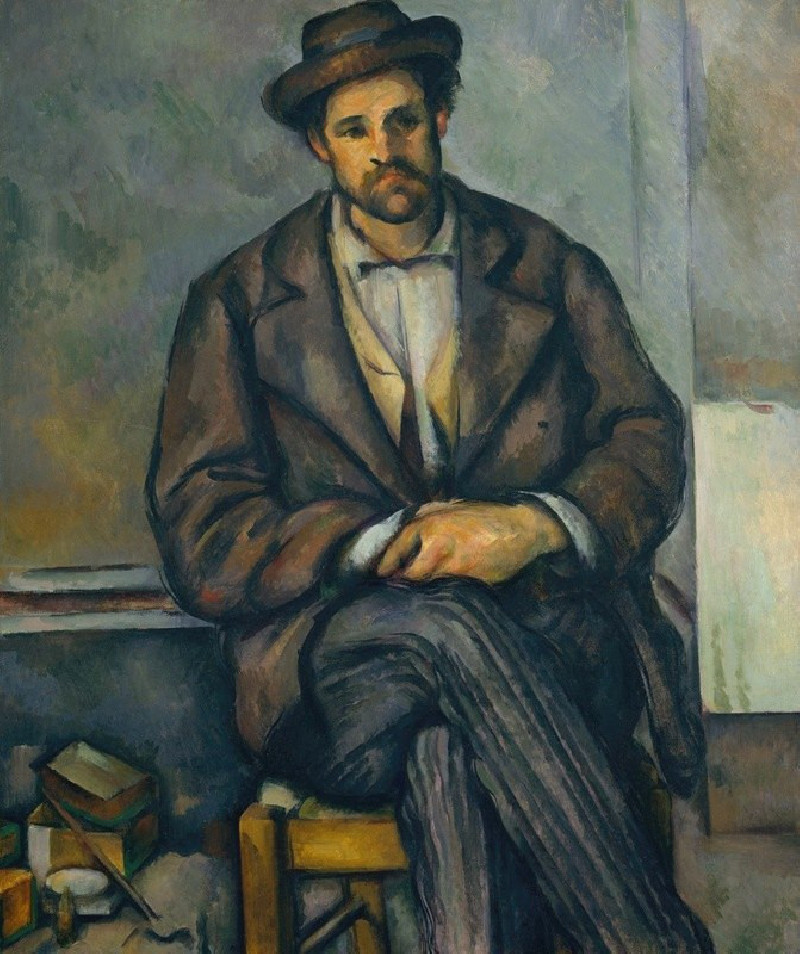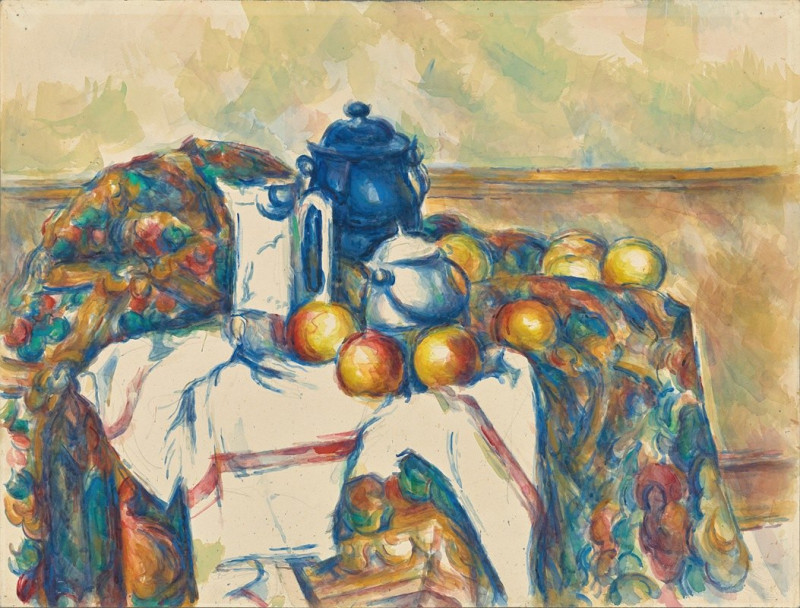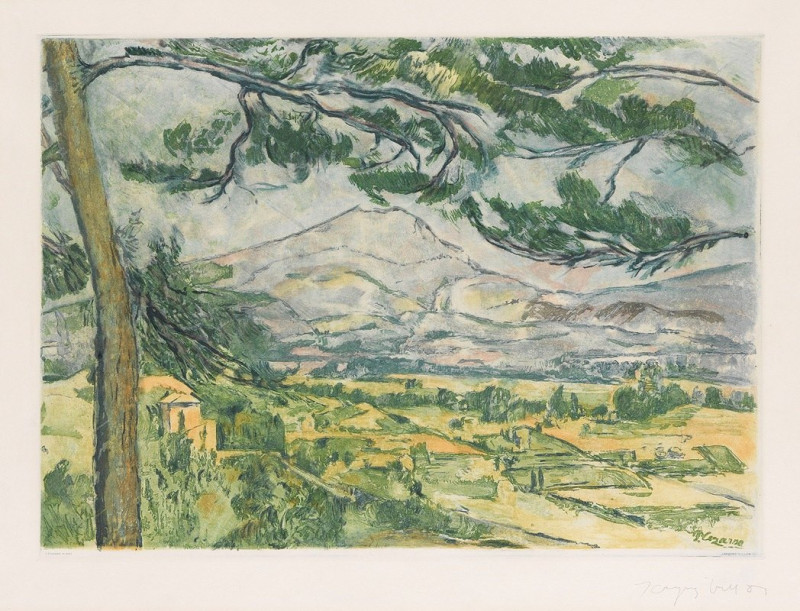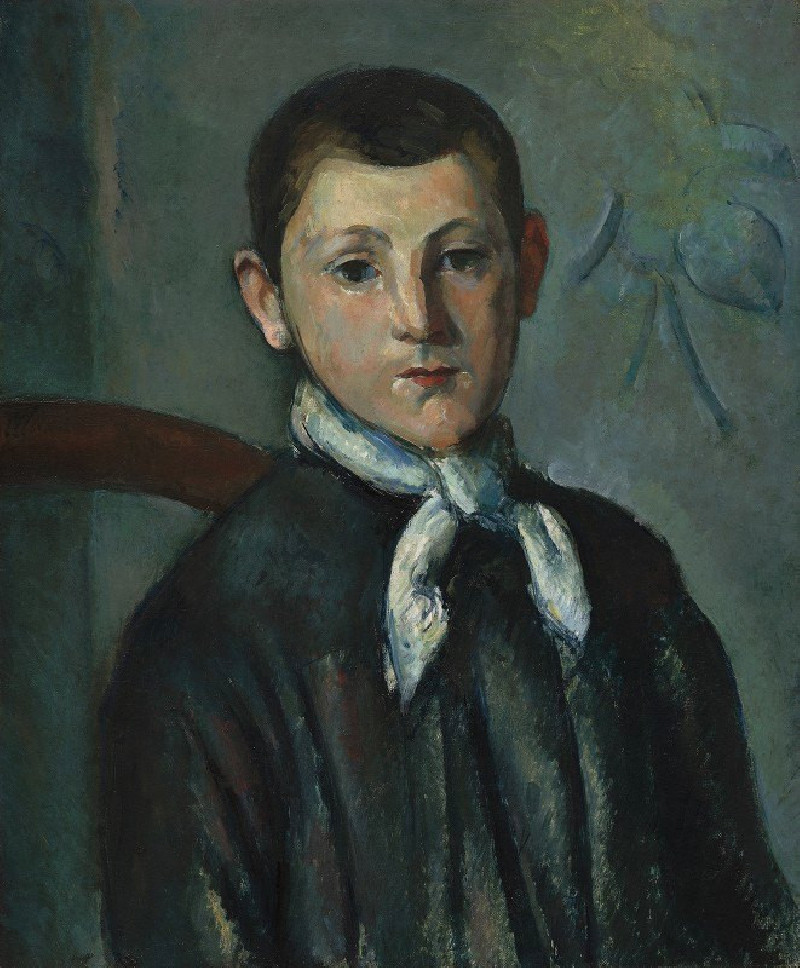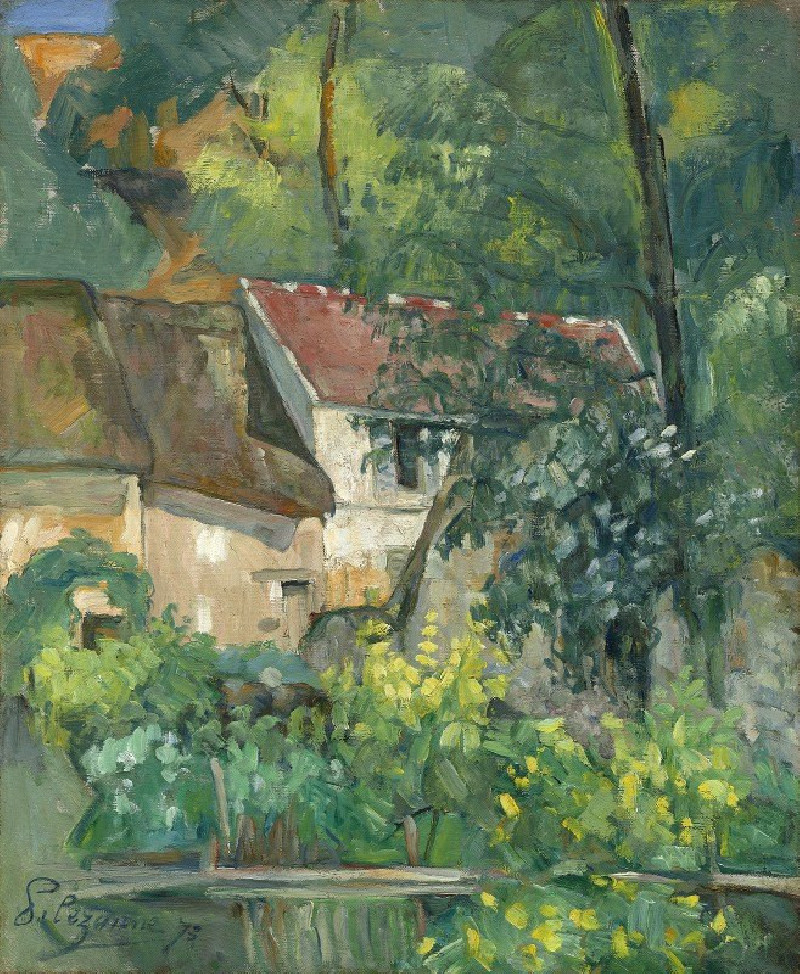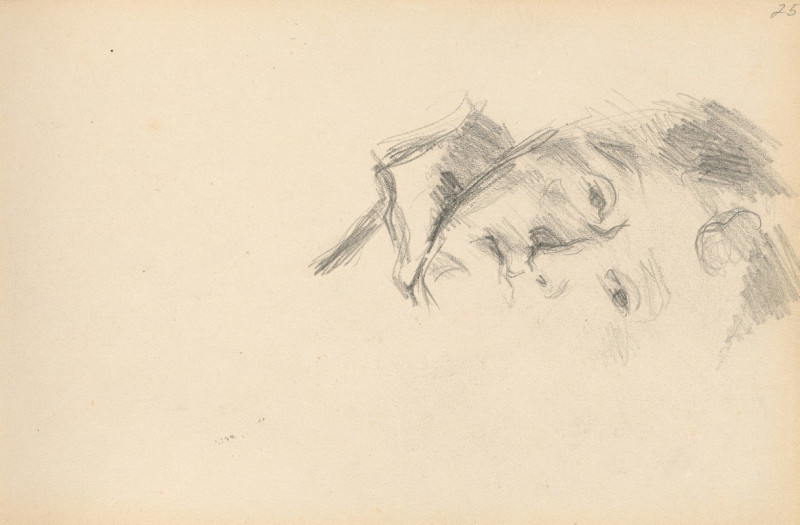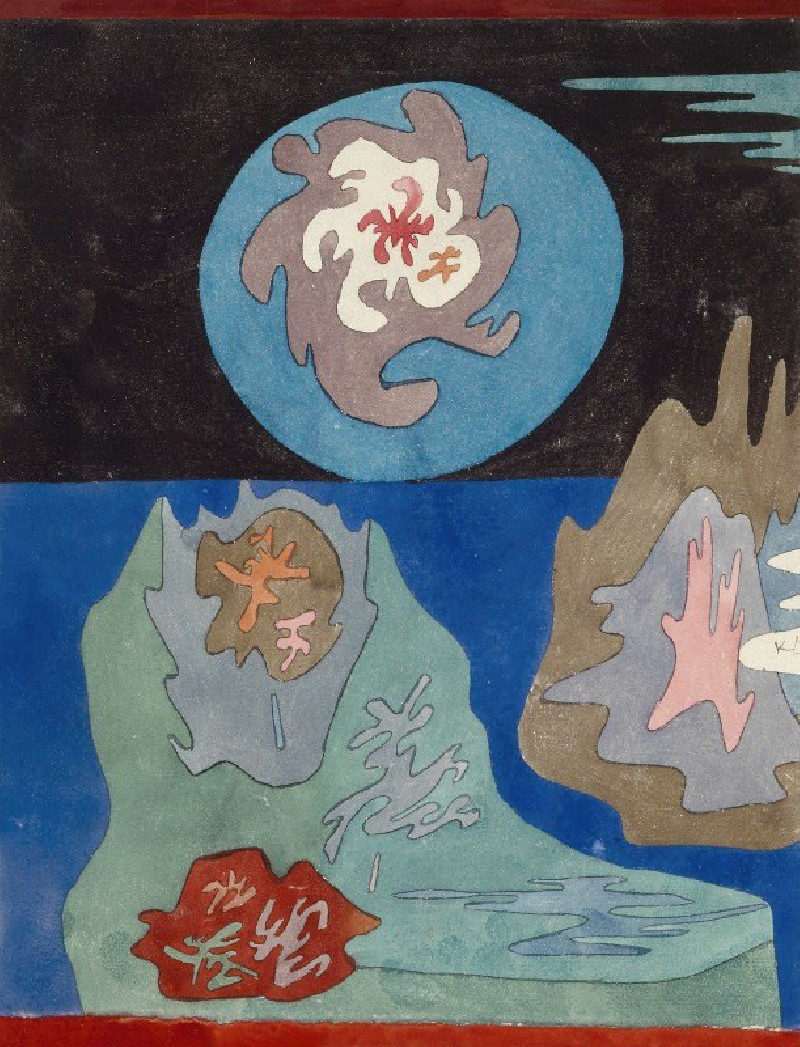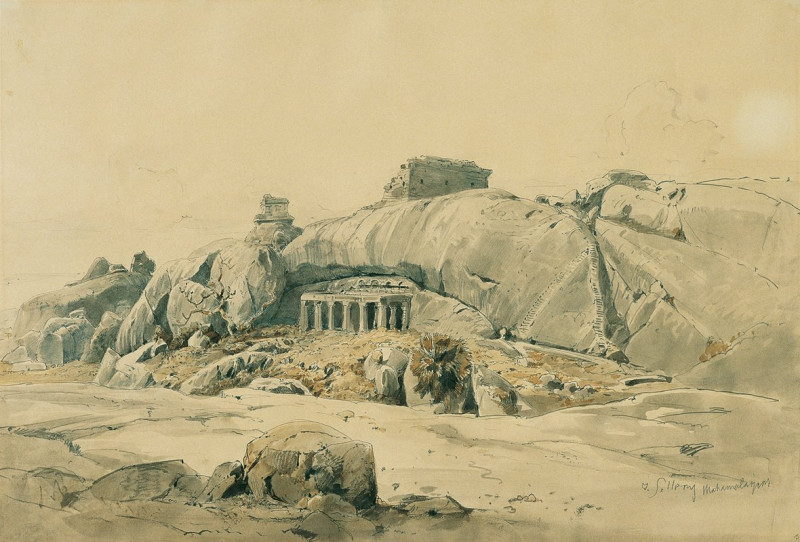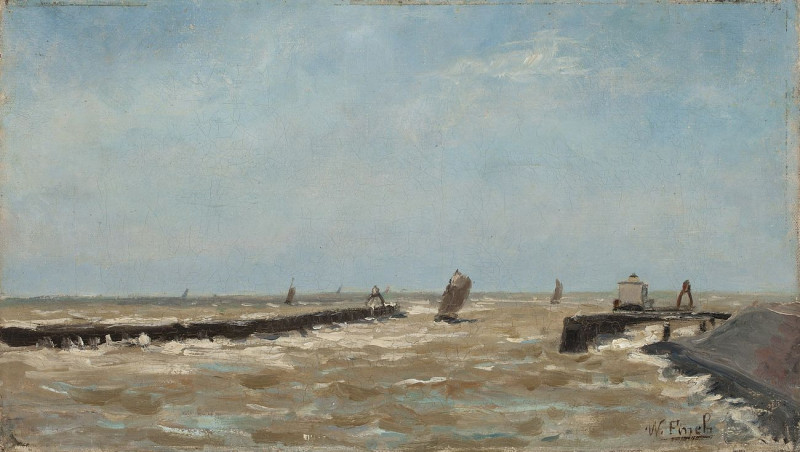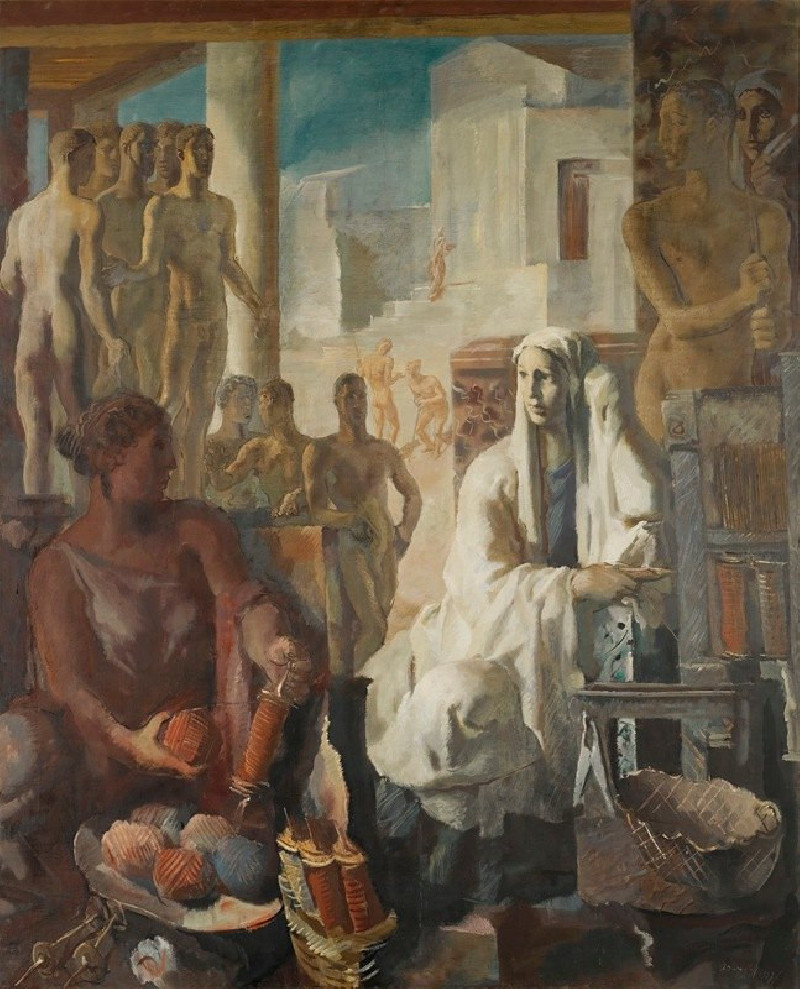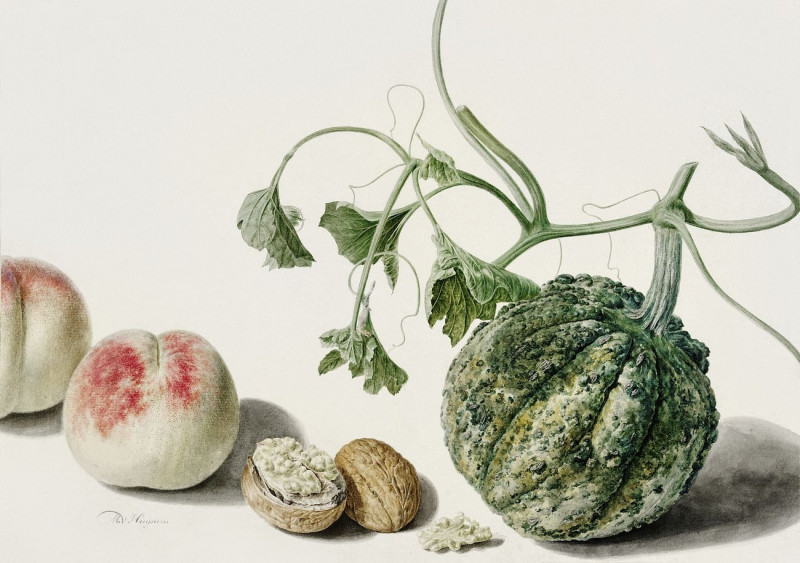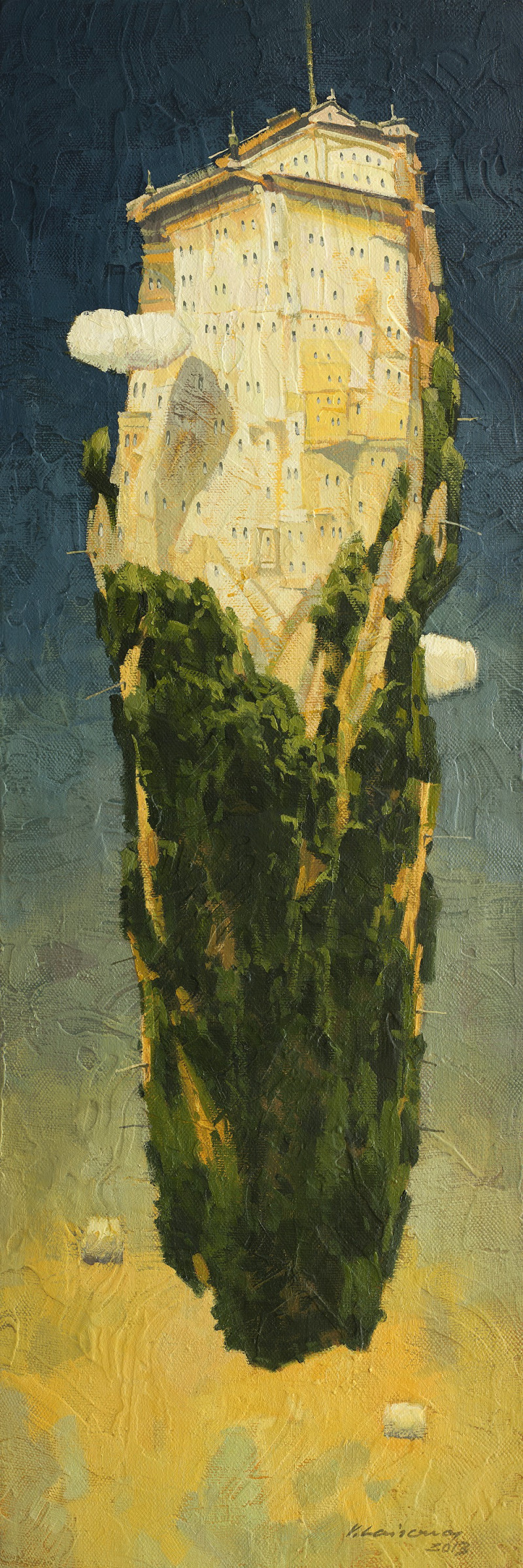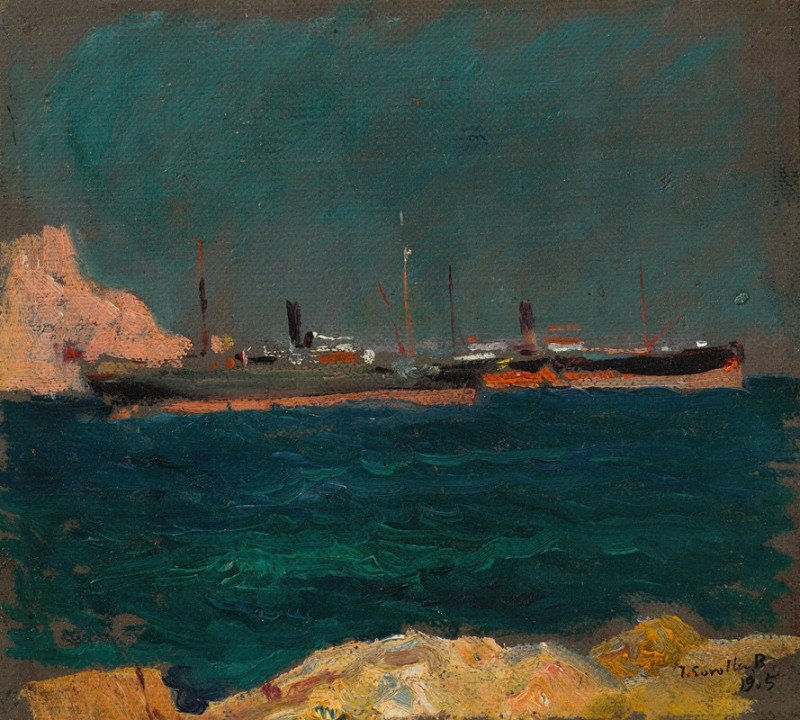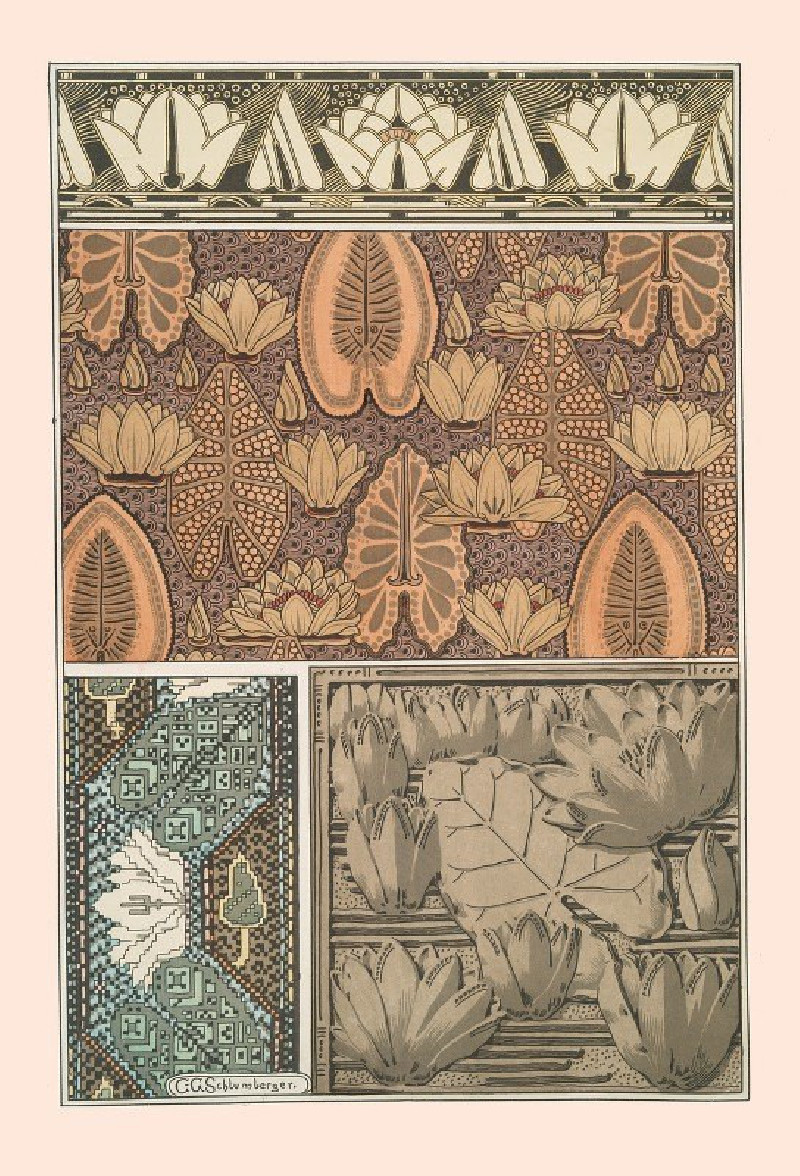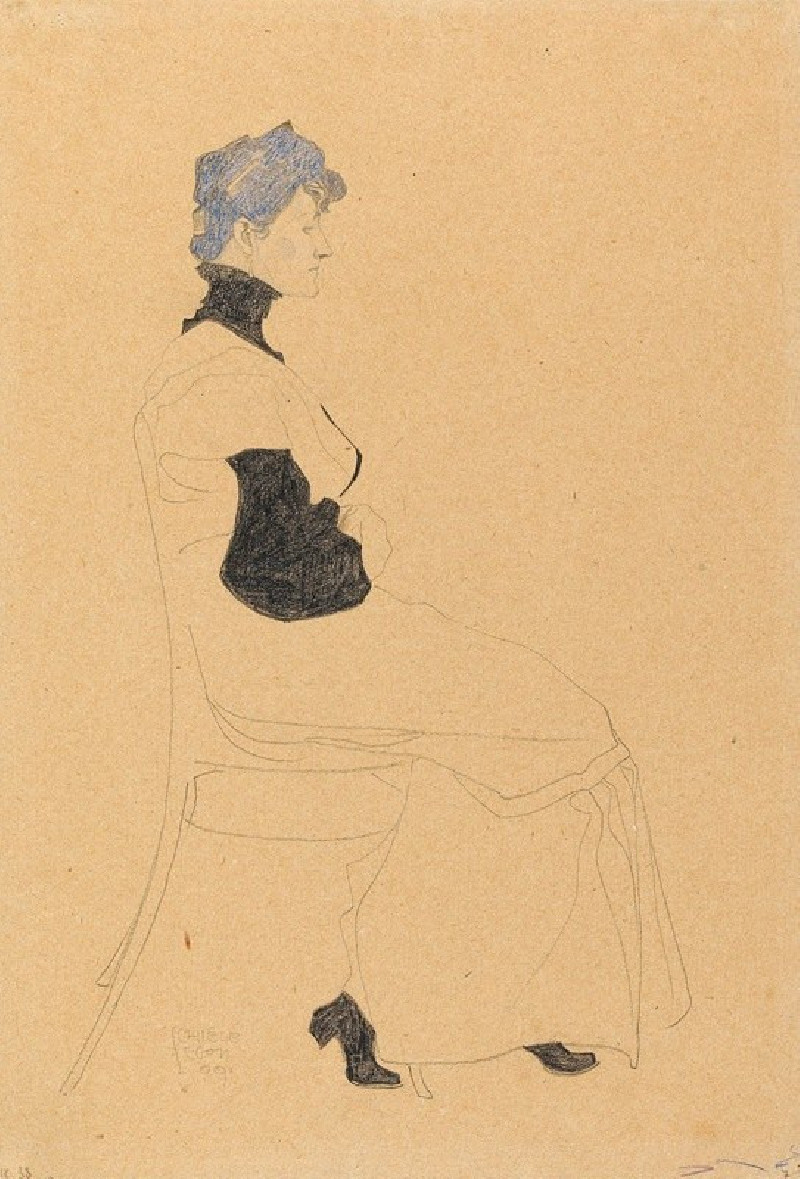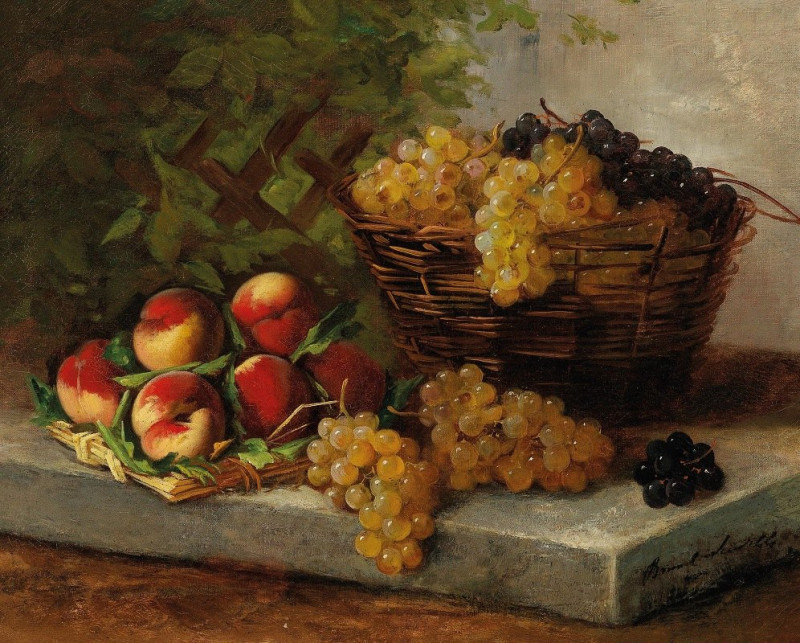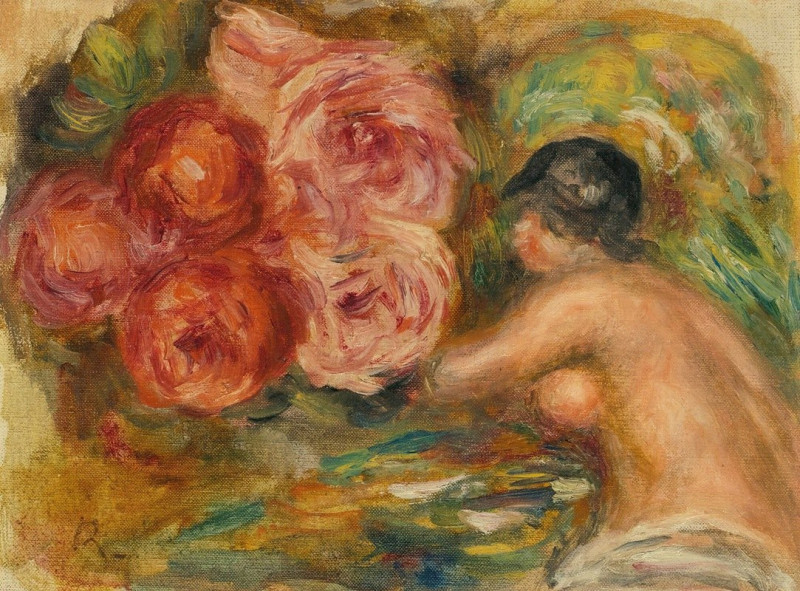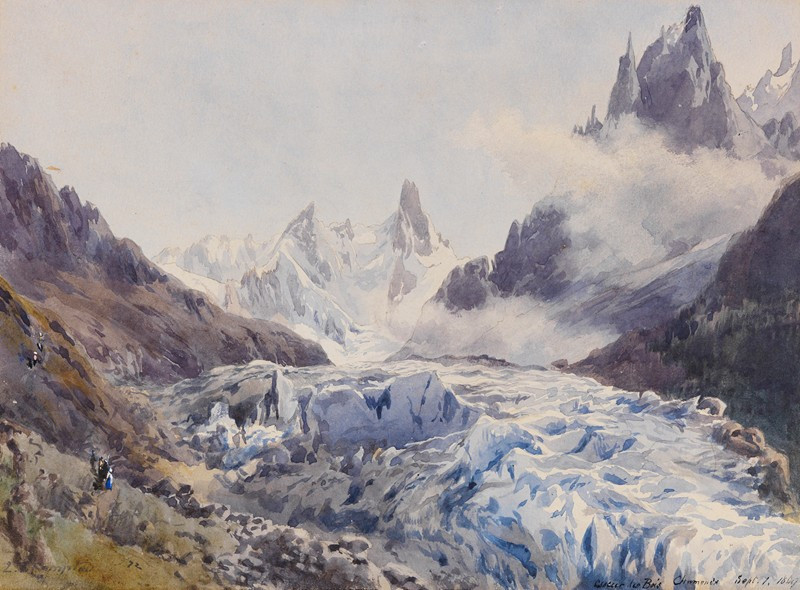Turn in the Road (about 1881)
Technique: Giclée quality print
Recommended by our customers
More about this artwork
Paul Cézanne's painting "Turn in the Road" (circa 1881) captures a serene moment in a quaint rural setting, evoking the timeless beauty of the French countryside. This artwork demonstrates Cézanne’s transition from Impressionism to his unique style that would later influence the Cubist movement.The painting portrays a winding road that meanders through a small village, flanked by rustic houses and lush foliage. The composition skillfully guides the viewer's eye along the curving path, leading to the heart of the village depicted in muted earth tones and softened architectural forms.Cézanne’s brushwork is distinct and deliberate, with thick, textured strokes that build up the surface of the canvas, giving depth to the trees and structures. The interplay of light and shadow, along with the varied green hues of the vegetation, highlights his mastery in portraying natural scenery."Turn in the Road" exemplifies Paul Cézanne’s profound impact on the art world, showing his ability to blend color, light, and form in a way that conveys both emotion and structure.

